How to Get Rid of Algae in a Commercial Pond
How to Get Rid of Algae in a Commercial Pond
A pond can add charm and intrigue to any property, but the moment it starts looking like a dumping ground for goopy green sludge, it loses that appeal. Algal blooms in ponds can be problematic for environmental and aesthetic reasons, so as you stare the issue in its chartreuse eye, you want nothing more than a revitalizing solution. But how do you control pond algae in the first place?
At State Chemical, we manufacture and distribute chemical and biological solutions for various purposes, including commercial pond restoration. When your pond starts looking icky, you want a quick, effective remedy, but it’s not always clear where to turn.
To help you learn how to revitalize your pond, we will explain what causes algal blooms, methods to eliminate algae, and how your pond will look after treatment. After reading, you’ll know what type of treatment your pond needs and how it will help.
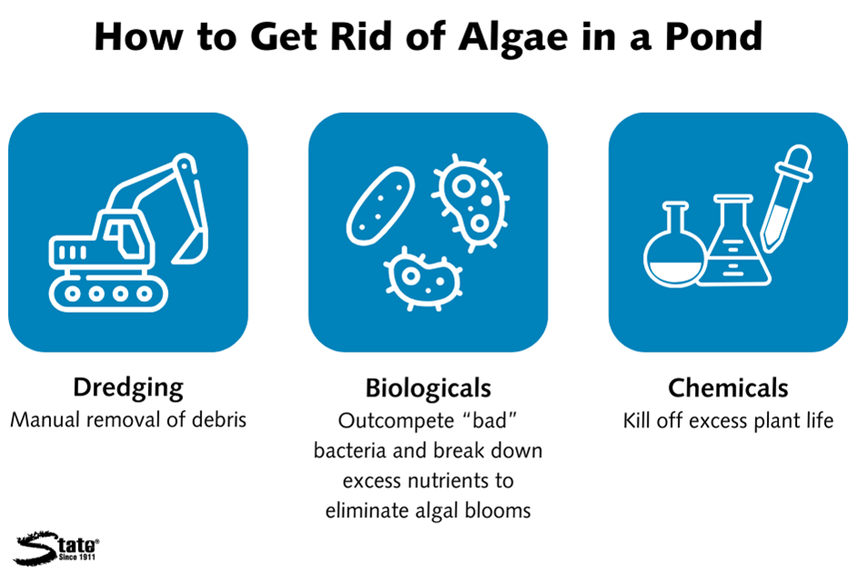
What Causes Algal Blooms in Commercial Ponds?
Algal blooms in ponds are caused by an excess of nitrogen and phosphorus in a process known as eutrophication.
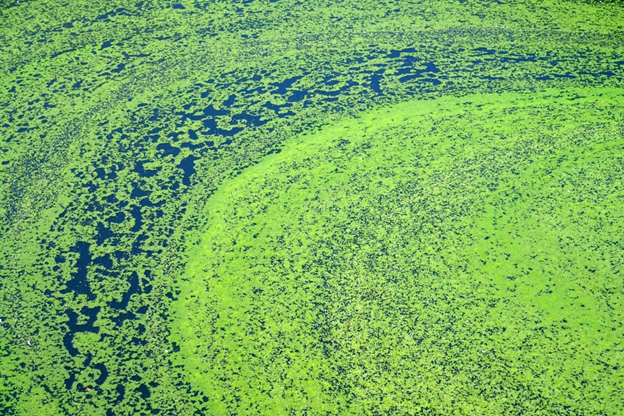
This means that in its journey to larger bodies of water, runoff water picks up excess nutrients and other negative components from soil, decaying plant matter, animal waste, stormwater, and more. This surplus of nutrients then gathers in bodies of water like ponds.
Once this abundance of nutrients enters the pond, plant life (namely algae) uses these nutrients to grow—excessively so. Eventually, the algae use up so much oxygen and nutrients that there is an insufficiency, causing the death of the pond’s other plant life.
The algae also suck up so much oxygen that animal life in the pond begins to die off. Soon, the entire pond will be devoid of life other than an overabundance of algae—and even these algae, too, will die once the nutrients are fully depleted.
For your pond, this means a green, gunky, odorous mess.
Algal blooms take time to create such disastrous outcomes, but this is the result if your pond is left untreated for too long.
How to Get Rid of Algae in a Commercial Pond
Most people don’t want their property to have this unsavory appearance, nor do they want to be responsible for damage to the local ecosystem. Fortunately, there are several different ways to get rid of algal blooms in ponds and revitalize the area. The main three are dredging, chemical treatment, and biological treatment.
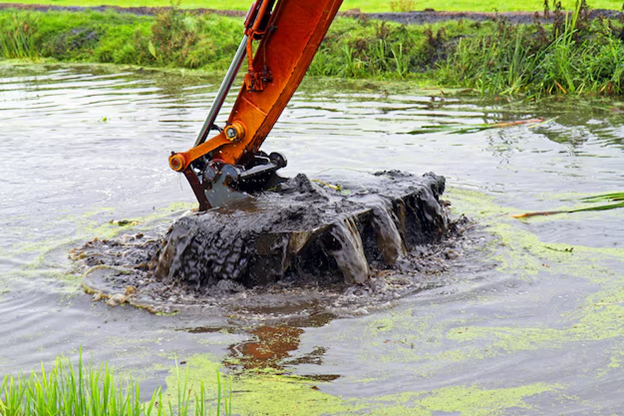
Dredging
Dredging involves using mechanical equipment to manually remove algae and other debris from a pond. This is considered a reactive approach to algal blooms, as it only removes debris after it has built up and does not prevent future problems. It's also important to note that dredging can be a costly form of pond treatment (usually $5,000–$100,000).
However, dredging is a quick and effective way to eliminate algal blooms, especially if you don’t have the time to wait for other treatment methods or if the problem has gotten particularly severe. In these more extreme cases, dredging is a great solution.
Chemical Pond Treatment
Another option is chemical pond treatment. In this approach, you would regularly dispense a chemical product into your pond to kill off the algae and other excess plant life. This is a fast-acting approach to improve the appearance of your pond.
However, chemical pond treatment does not address the root problem of excess nutrients. In fact, the chemical process of killing the plants actually releases more nutrients into the pond, which means that the problem will usually come back worse than it was before treatment. Additionally, chemicals will potentially kill aquatic life, including fish.
Because of these factors, while chemical treatment can be a quick, effective treatment in a bind, it is not usually recommended as a long-term solution.
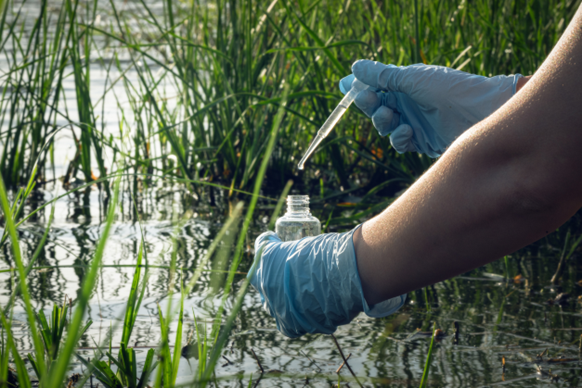
Biological Pond Treatment
Meanwhile, biological pond treatment involves releasing “good” bacteria into your pond to control excess nutrients through bioaugmentation.
Bioaugmentation is the process of cultivating a colony of bacteria to improve the health of the environment in which the colony is located. In the case of biological pond treatment, this means adding “good” bacteria into the pond to outcompete “bad” bacteria for the same food sources. As a result, the “bad” bacteria are starved out, and excess nutrients are broken down. This process effectively removes excess nutrients from the ecosystem and reduces the negative effects the “bad” bacteria produce.
In this process, the “good” bacteria match their growth rate to the growth rate of your pond’s pollution. This way, they are able to keep their population size proportional to the amount of pollution, eventually decreasing as the pollution decreases.
Biological treatment yields slower results than dredging or chemical treatment, with changes usually not noticeable for at least a few weeks. However,it more effectively gets to the root of the problem, prevents future issues, and is environmentally friendly in a way that the other two methods are not. If you have the time to spare, biological treatment is an effective reactive and preventative form of pond treatment.
How Pond Treatment Can Restore Commercial Properties
Any form of pond treatment can be effective depending on your situation. The result is what matters.
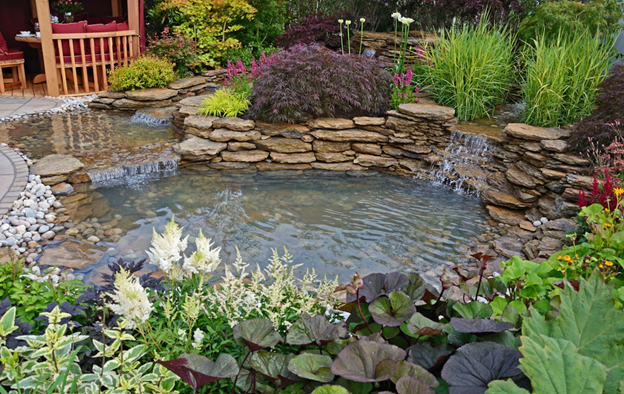
After initial treatment and with continued treatment, your pond will be revitalized. Algae, weeds, and other debris will be cleared. Aquatic life will restore its population to healthy levels. The water will be noticeably cleaner and a healthier hue. All in all, your property will be more welcoming to visitors.
If the algal blooms are severe, it may take time to reach this point, but with consistent treatment, this result is easily attainable. Choose the right treatment method for your pond, and your pond will be revitalized for it.
Learn How to Revitalize Your Commercial Pond with State Chemical
Algae is enough to ruin any pond’s image, but with consistent treatment, your pond can be restored. Now that you know different ways to get rid of algae in commercial ponds, watch the video below to learn how State Chemical can help you revitalize your pond.








